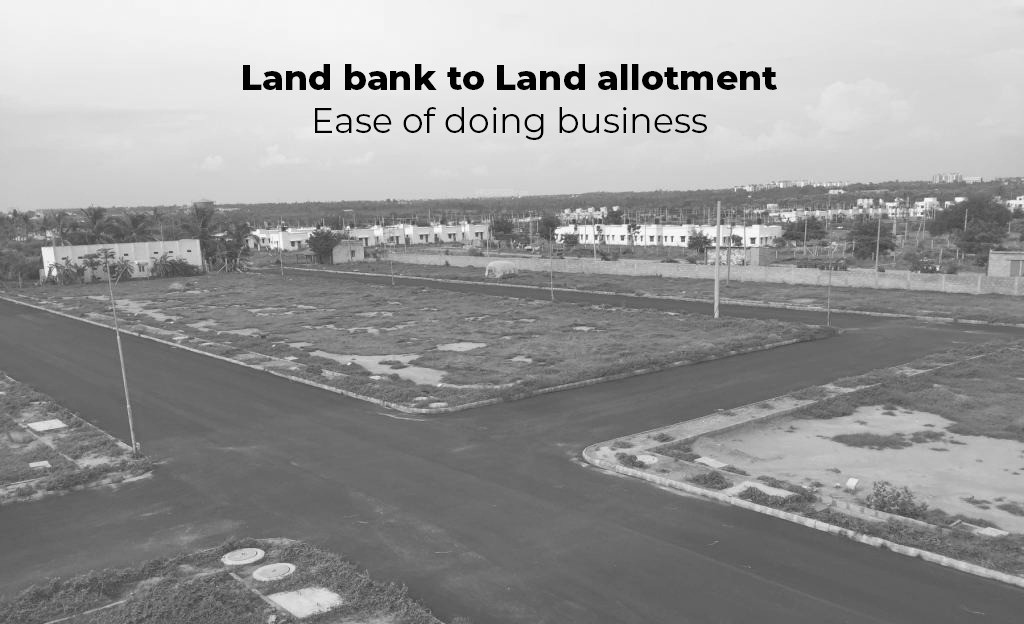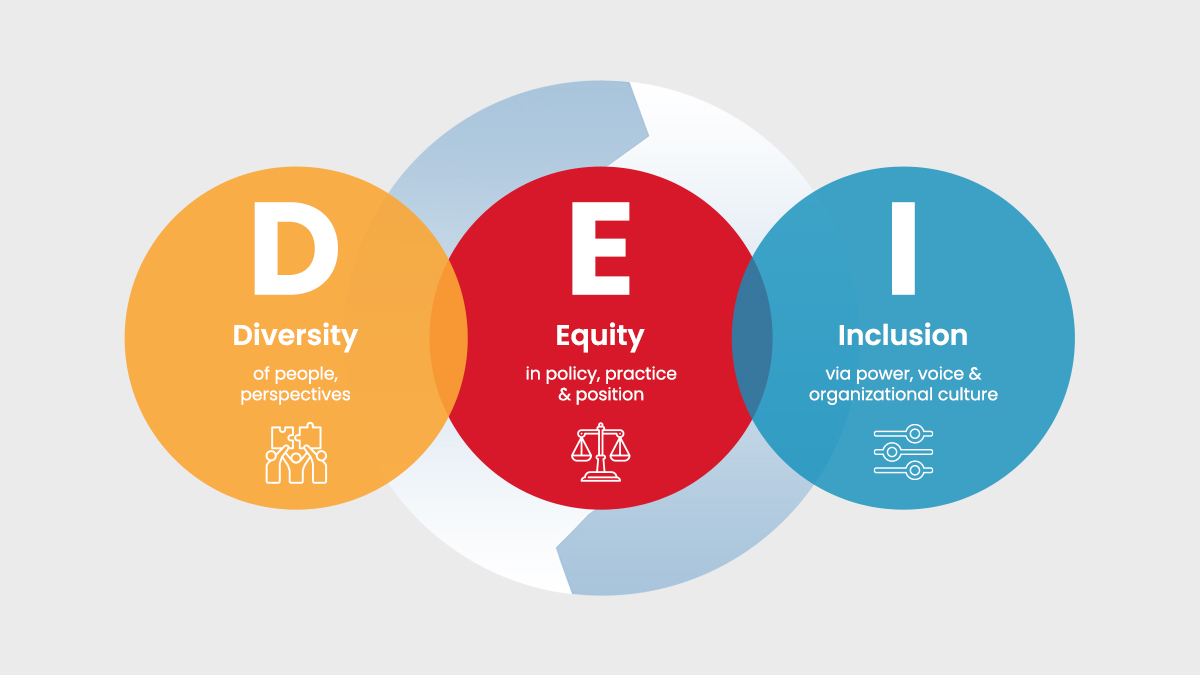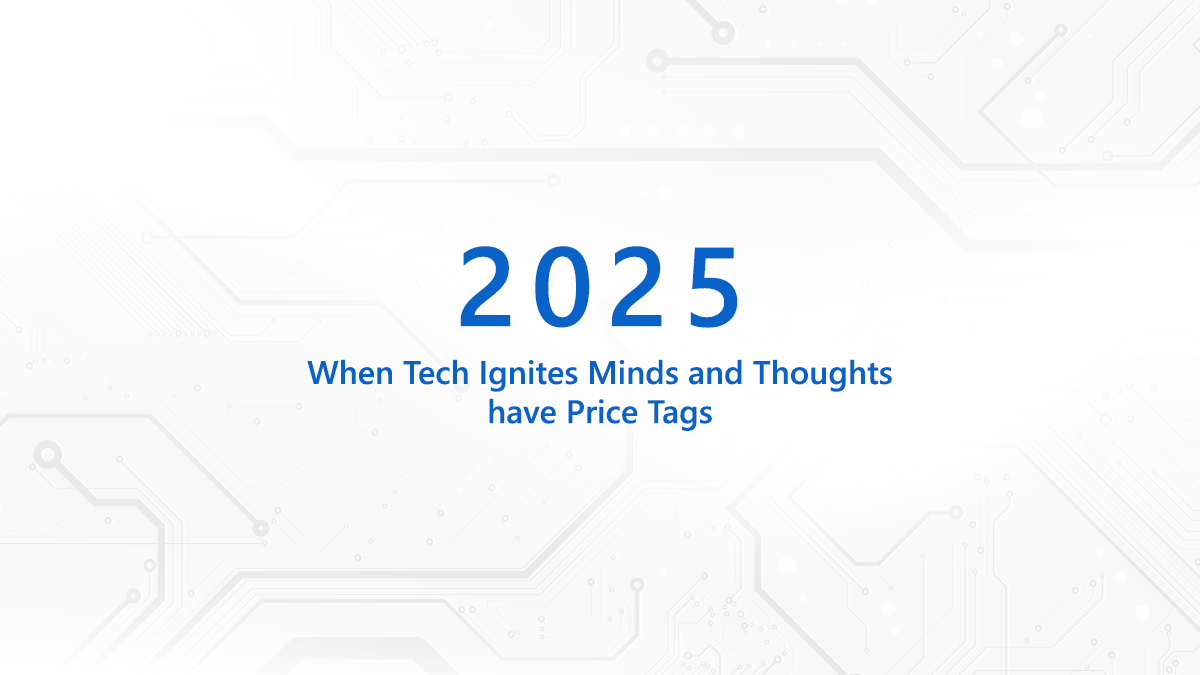One of the key indicators of a thriving industrial ecosystem leading to accelerated economic growth and plentiful jobs is the ease of access to industrial land. Worldwide, government institutions develop the land and attendant infrastructure, mindful of the need of industries. Amidst the multiple administrative and regulatory procedures involved, investors look up to government institutions to make land management processes hassle free, swift & cost efficient.
And GovTech can act as a great enabler here for investor delight!

Tapping GovTech for digitally transforming land lifecycle
A successful story is one in which the complete life-cycle of land management is dealt end to end. Using remote sensing, GIS and satellite positioning system, significant work has been done to create vast industrial land bank systems. Such digital land banks have laid the foundation but a lot is yet to be done around streamlining transactions and processes involving development authorities and investors on a day to day basis. Subsequent steps around managing saleable plots within land banks, allotting plots, and providing post allotment services warrant due attention. In some cases, processes are still carried out manually. In others, the existing systems lack the necessary scalability & replicability.
Thus, in a bid to inspire confidence in investors and raise industry competitiveness, states and countries need to revamp existing systems and make processes around land allotment and post allotment as seamless as possible. Since government designated authorities develop the land and offer them at subsidized prices, seamless automation also helps to maximize the returns on investment & risks taken.
The NICDC Model: Lessons in Land Management
India’s vision is to achieve a five trillion USD economy with 20% generated from industries. To create industrial corridors & clusters in a mission mode, the National Industrial Corridor Development Corporation (NICDC) was created as a special purpose vehicle. It includes representatives from various central ministries (such as commerce & transport) and state governments. Through this SPV, 3 major industrial corridors - Delhi Mumbai (DMIC), Chennai Bengaluru (CBIC), and Vizag Chennai (VCIC) industrial corridors are expected to attract investment worth 100 billion USD in the next 30 years.
Adopting technology as a backbone for attracting such scale of investment, NICDC has implemented a one stop paperless & contactless land management system (e-LMS) in AURIC, India’s first green-field smart city in the Delhi Mumbai Industrial corridor. The system provides investors the flexibility to apply for plots of their choice (i.e. even amalgamating or subdividing existing plots). The erstwhile subjectivity, rent seeking and delays associated with investor selection processes (via auctions or project report evaluation) is minimized through automation. Finally, all transactions, payments & documentation are done online on the click of a button.
Included within the ambit of e-LMS are also post allotment services that come under the purview of the same development authorities. For an investor, imagine the hassles for getting the paperwork to change the land use (from industrial to commercial) or his company’s incorporation structure. Imagine the loss in business potential when he cannot get a timely permission to mortgage his land or avail additional Floor Space Index (FSI) for expansion. All this is effectively tackled by automating post allotment services on e-LMS.
Unlocking digital land solutions can power Ease of Doing Business juggernaut. https://t.co/4NcZ4XVm7i
— Priyadarshi Nanu Pany (@NanuPany) September 8, 2020
Replicate rather than Reinvent
Imagining the scale of replication that would be required across industrial nodes in India, e-LMS has been made configurable to suit varying workflows & handle high traffic without any impact on usability and functionality. NICDC has already replicated e-LMS in the bustling Dadri region in Uttar Pradesh (also a node of the DMIC).
In spite of the high scale of collaboration & consultation required to replicate a best practice from one node to another, NICDC has been agile enough to ground this successfully. States industrial development authorities could take inspiration from this to push for digital transformation in land allotment & post allotment on a faster scale.Instead of reinventing the wheel, replicating proven solution may help develop new infrastructure with immediate effect, thus triggering a multiplier effect on the local economy.
Time is of the essence today. And an early mover always has the advantage!
The author is Priyadarshi Nanu Pany, founder & CEO of CSM Technologies. This article was originally published on his LinkedIn profile.


























































We will verify and publish your comment soon.